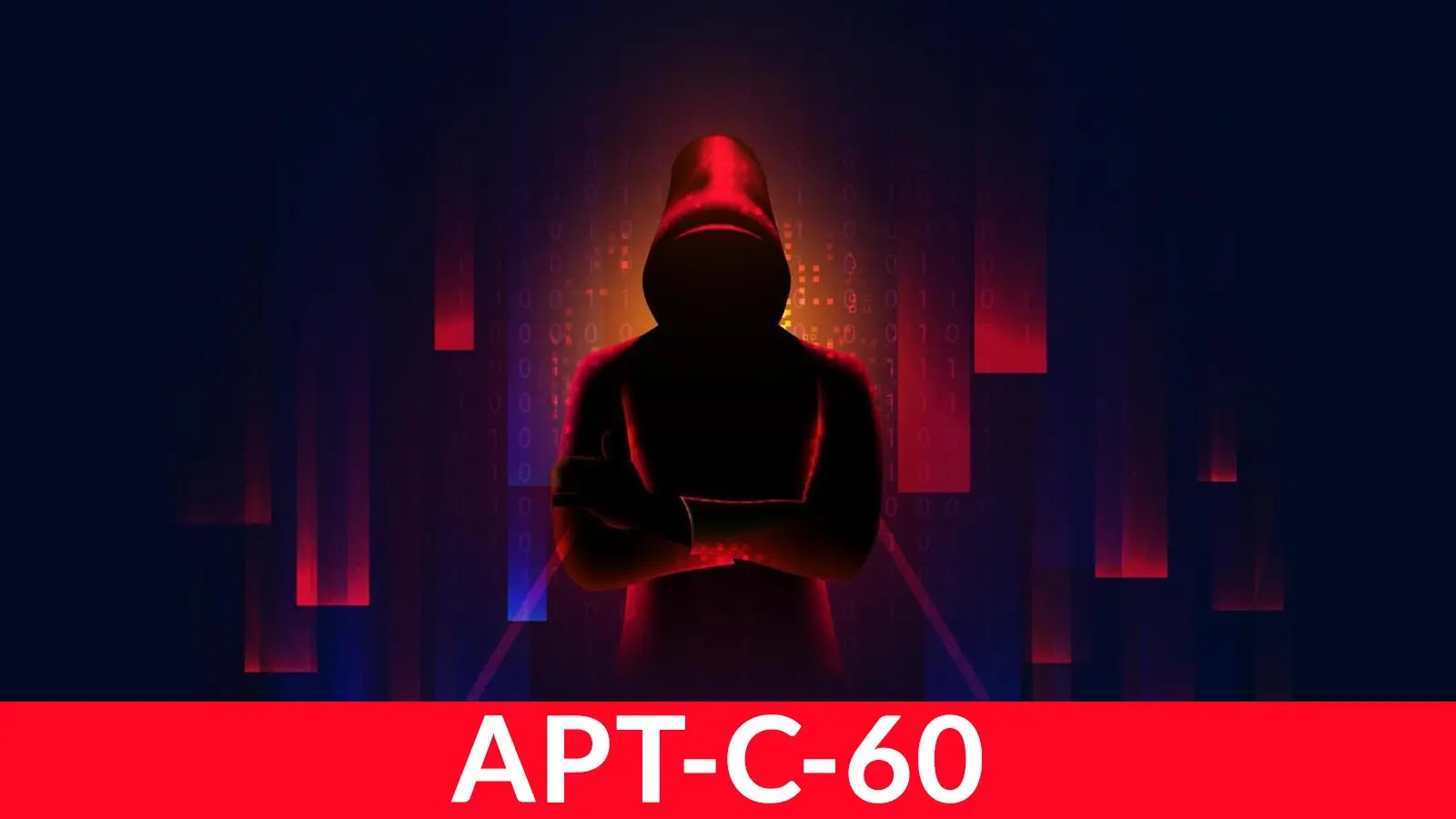In recent developments, cyber adversaries have escalated their tactics, moving beyond traditional ransomware attacks to execute highly sophisticated operations aimed at disrupting critical infrastructure. A notable example is the emergence of a malware strain known as BlackParagon, which has been implicated in coordinated attacks leading to significant outages across multiple energy utilities in Asia.
Infection Mechanism and Initial Compromise
The BlackParagon malware campaign began with a strategic compromise of an industry trade portal, a technique known as a watering-hole attack. By infiltrating this trusted platform, attackers gained an initial foothold within the corporate networks of targeted organizations. This method allowed them to bypass traditional security measures and establish a presence within Virtual Private Network (VPN) gateways, setting the stage for further exploitation.
Lateral Movement and Targeted Exploitation
Once inside the network, BlackParagon exhibited advanced capabilities by moving laterally toward operational technology (OT) environments, specifically targeting programmable logic controllers (PLCs). The malware achieved this by exploiting vulnerabilities in legacy OPC DA middleware and unpatched Java serialization flaws. These dual attack vectors enabled the malware to transition from IT to OT networks seamlessly, circumventing conventional firewall defenses.
Evasion Techniques and Payload Deployment
To evade detection, BlackParagon utilized encrypted Server Message Block (SMB) communications that mimicked legitimate historian traffic. This obfuscation delayed identification and response, allowing the malware sufficient time to execute its sabotage payloads. The modular design of BlackParagon is particularly concerning; each instance includes a detachable loader, adaptive navigation scripts, and payloads tailored to specific field devices. This plug-and-play architecture enables attackers to swap out components as needed, maintaining the integrity of their attack chain even when certain exploits are neutralized.
Attribution and Adversary Profile
Analysis of compiler timestamps and command-and-control (C2) infrastructure suggests a connection between BlackParagon and the ShadowCell Advanced Persistent Threat (APT) group. This linkage indicates that well-resourced adversaries, possibly state-sponsored, are behind these attacks. The strategic targeting of critical infrastructure underscores the potential for significant geopolitical implications and highlights the need for heightened vigilance.
Impact and Consequences
The attacks orchestrated by BlackParagon have led to cascading effects, including turbine shutdowns that resulted in widespread power outages. These disruptions forced essential services, such as hospitals, to rely on backup power sources and caused significant operational challenges across various sectors. Financial losses are projected to be in the hundreds of millions, emphasizing the severe economic impact of such cyber incidents.
Technical Analysis of the Malware
Reverse-engineering efforts have revealed that BlackParagon employs a multi-stage infection process. The initial dropper exploits CVE-2025-11342, an authentication bypass vulnerability in widely used edge firewalls, to deploy a memory-resident injector. This injector decrypts and executes its payload only after verifying specific environmental indicators, such as SCADA vendor strings and PLC firmware versions. This conditional activation ensures that the malware operates exclusively within high-value targets, minimizing the risk of detection through widespread infections.
Strategic Implications and Defensive Measures
The emergence of BlackParagon signifies a shift in cyber threat dynamics, where mid-tier threat groups now possess capabilities previously associated with state-sponsored actors. This evolution necessitates a reevaluation of existing cybersecurity strategies. Organizations must adopt a zero-trust architecture, implement continuous monitoring of OT environments, and enhance their incident response protocols to effectively counter such advanced threats.
Conclusion
The BlackParagon campaign serves as a stark reminder of the evolving cyber threat landscape. As adversaries develop more sophisticated tools and techniques, it is imperative for organizations to stay ahead by implementing robust security measures, fostering a culture of cybersecurity awareness, and engaging in proactive threat intelligence sharing.



